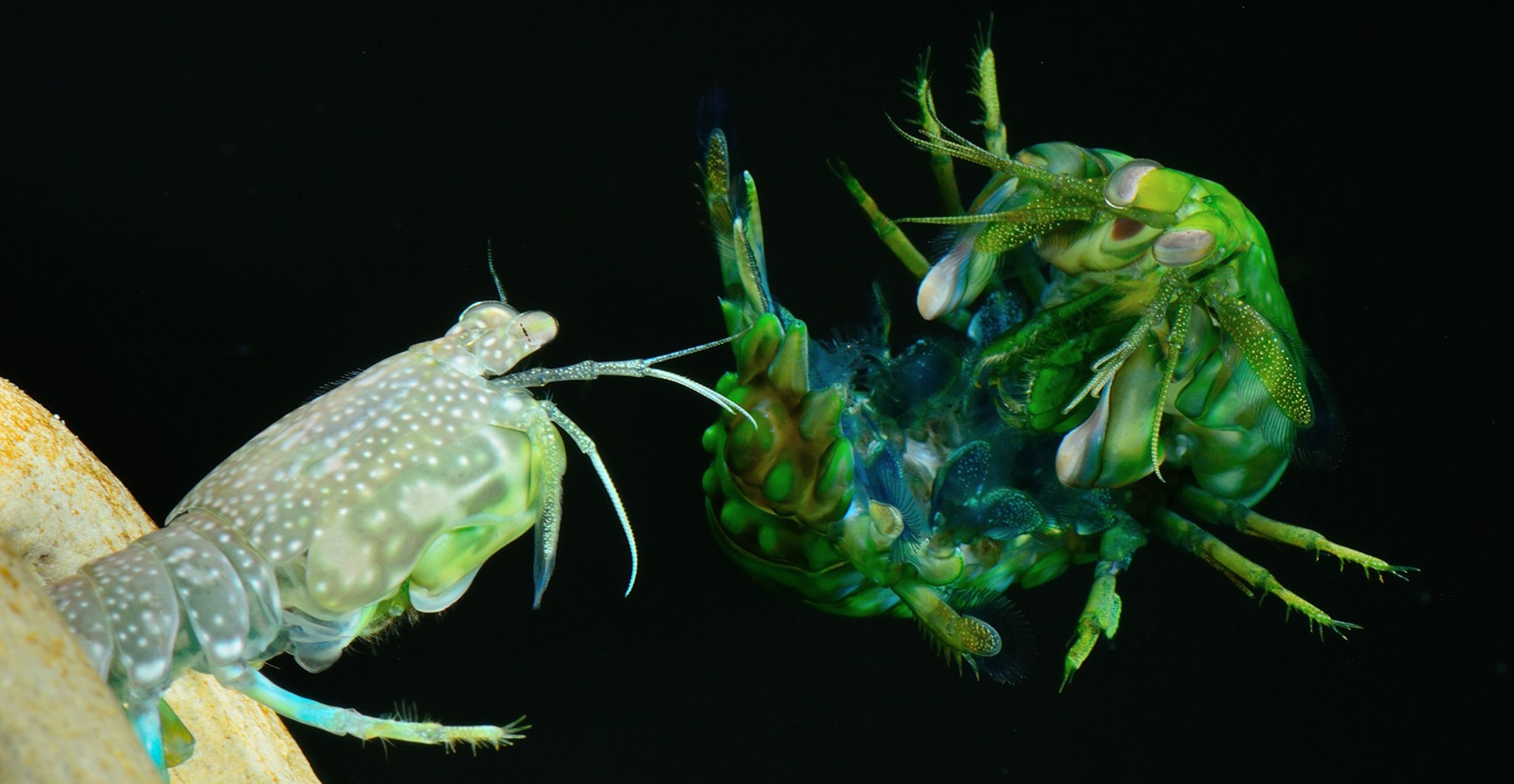Scientists at UC Santa Barbara have received a $240,000 grant from the Macula Vision Research Foundation of Pennsylvania to study central serous chorioretinopathy (CSR), a debilitating disease of the retina.
The three-year research grant will help fund research on a promising new mouse model. It is the first time that the Macula Vision Research Foundation has funded research at UCSB. Before now, scientists have not had a good animal model with which to study this disease.
Lead scientist Steven Fisher, professor in the Department of Cellular, Molecular and Developmental Biology, as well as in the Neuroscience Research Center, has studied the retina for most of his career. He explained that CSR can be a relatively benign, self-limiting disease, or it can take on forms that are recurrent or chronic.
"This disease was first described by Albrecht von Graefe in 1866," said Fisher. "And now, more than 140 years later, we know almost nothing about its underlying mechanism. Except in rare cases when patients are candidates for photocoagulation therapy, CSR is left untreated because there is no other effective therapeutic intervention. Photocoagulation is a laser treatment that works in only a few of these cases."
One of Fisher's former students wrote about his experience with the disease: "For eight years now, I have had idiopathic central serous chorioretinopathy in my left eye. I see a grid as though it is bulging out towards me in the center. Faces look bloated and fat. I have what looks like a shotgun pellet blast of holes in my retina. My doctor was not very helpful in describing my condition to me. All he said was, it was irreversible, and will only get worse."
With this disease, fluid begins to accumulate abnormally, causing the retina to detach. Recently, a natural mouse mutation, in which the retina develops spontaneous detachment that resembles serous detachment in humans, was identified at the Jackson Laboratories in Maine. Fisher said that this particular mouse presents the first potential animal model for providing basic information about the formation of serous detachments and for studying the effects of these detachments on the retina itself. Understanding underlying mechanisms may suggest novel approaches to the treatment of this disease.
In this project, the scientists will characterize the cellular and molecular changes occurring as consequences of this mutation, and in a collaborative study will use high-resolution, non-invasive imaging to develop a time line for the development of detachments in the mutant mice. Sheldon Miller and Arvydas Maminishkis of the National Eye institute will be co-investigators on the project, and Jackson Laboratory which discovered the mutant strain, will breed the mice for the study.



